The phrase “Made in America” means a lot more than just where products are manufactured. When presented with this concept, 66% of American consumers associate them with high-quality goods, fair prices, and safe working conditions. Up to 80% of consumers prefer products with the “Made in America” tag and 60% of American are willing to pay more (10% more) for products who carry that label. Though the United States imports almost six times what it exports, understanding the essential impacts of advanced domestic manufacturing and its effects on national and global economies cannot be ignored.
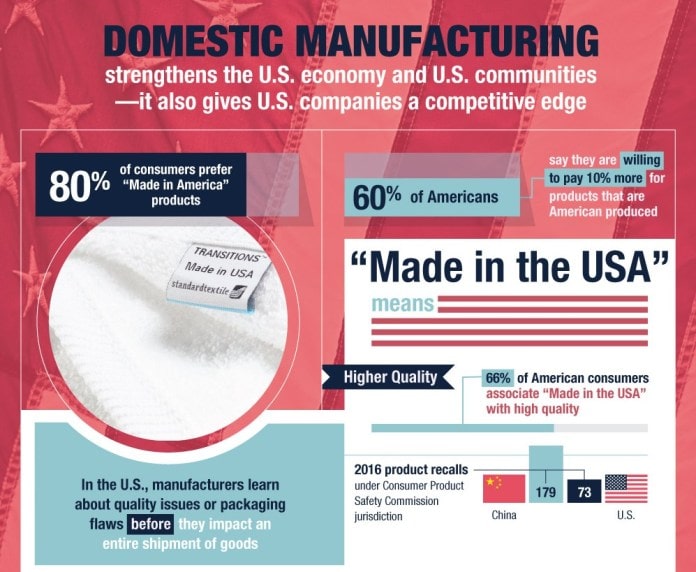
Driving more innovation than any other sector and responsible for performing more then three-fourths if all private research and development, US manufacturing taking alone would be the world’s 9th largest economy. Domestic manufacturing creates 12.5 million jobs, making up over 8% of the US workforce with an average hourly livable wage of $26/h. This offers workers without college degrees or equivalent higher education good-paying, reliable jobs, boosting local economies and supporting communities all over the country. Bolstering the economy like no other sector, in 2016 manufacturing alone contributed $2.25 trillion into the economy, amounting for every $1 spent, returning $1.89 right back into the US economy.
Setting itself apart from other manufacturing countries, the US takes a mindful approach to production. Subject to strict environmental regulations that simply do not exist in foreign manufacturing, Clean Air and Water Acts, Toxic Substances Control Act, and EPA inspections are all required guidelines the US manufacturing industry abides by. Emissions from overseas shipping, accounting for 1,000 million metric tonnes of CO2 released into the environment every year, is greatly diminished through domestic manufacturing.
Focused on quality before products are even introduced to consumers, domestic manufacturing still takes up to one-third third the time of importing foreign-made goods. Under the Consumer Product Safety Commission, the 2016 product recalls for American-made products came out to a total of just 73, whereas Chinese-made products saw 179 recalls. When compared to products of foreign-manufactured origin, American-made often stands out in quality in price strengthening the presence of the US in world trade and giving a competitive edge.
Take a look at this infographic for more on the current state of domestic manufacturing, how it impacts communities and economies of every size, and how it influences global trade standards, worker’s rights, and even the environment.
What does “Made in America” mean to you? Are you willing to pay more for products with the Made in USA label? Let us know in the comments below.

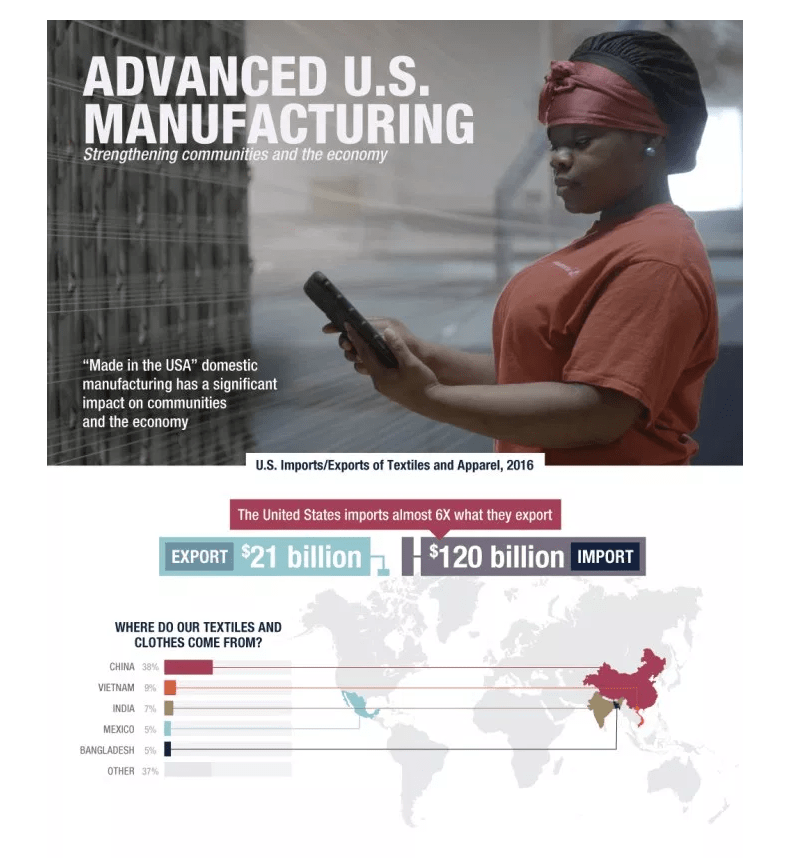
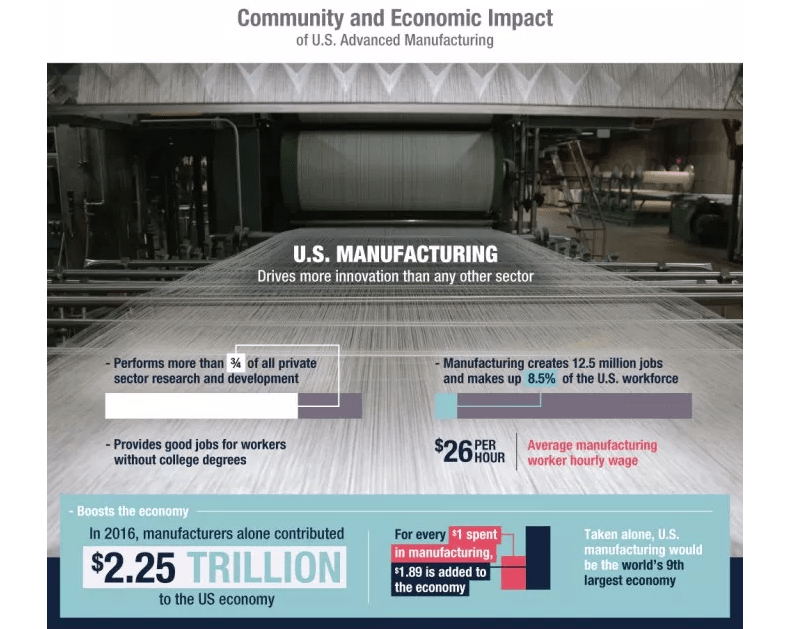
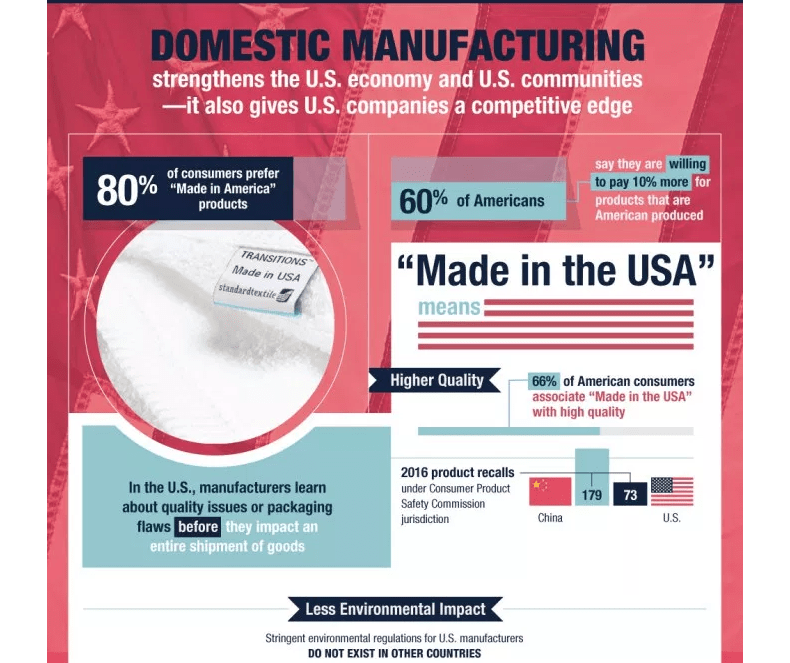
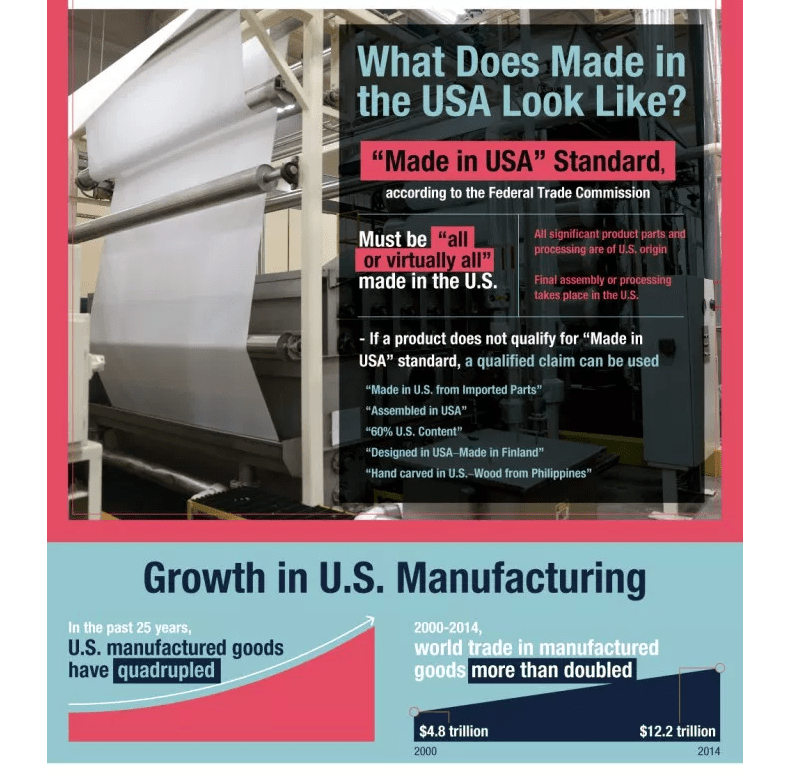



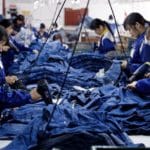
Absolutely. I’ve so many Samsung products, mobile device, dishwasher, fridge, and LG washer/dryer. Never again. Dishwasher died 6 months after 5 yr warranty ended. Fridge I’ve maker failed. Fortunately I was able to fix DIY. Note 8 device has a battery that lasts less than 8 hrs and the device is less than 1 yr old. Samsung 837 in NYC ran diagnostics and told me there’s no problem with the battery – when nothing is running. Then they tried to tell me the device has a bad charging port caused by me, and that the S pen isn’t working properly. After diagnosing, they time me that they could repair the port, new S pen and replace the battery for just $249. I called than our for their SCAM. Check their Twitter account and you’ll see they never even replied, Samsung Mobile nor Samsung, to me. I also called them. All I get are third party calls for feedback about their service, which I rate a Zero on a scale of 1-5.
#BuyAmetican
#MadeInAmerica
BTW, Samsung’s Smart Switch, which supposedly moves data and apps from one Samsung device to another, is actually pretty Dumb. It either doesn’t move much data, and for data it moves it changed the dates the files were created to the date it moved that to the new device. I know this because my carrier, ATT, sent me a replacement device because I was within the one year warranty. I had to send the new device back because I couldn’t get data of the one I have without loss and date changes, which cannot happen for business records / legal reasons.
#NeverAgainSamsung
I love the clarification on the “qualified claim”. We proudly handcraft our items in the USA and only wish we could source our fabric here as well. With the onset of industrial hemp now grown in the USA, we are hopeful there will be a time in the future where the textile can be spun in the USA.
I went shopping for men’s dress pants and a dress shirt at J.C Penny’s 75% of all the men’s clothes were made in Viet Nam. I ask the sales person if they sold clothes made in America she replied “No, people won’t pay that much for clothes” I replied how would you know if there is no choice? Walked out with nothing.
I wish we could get others to see the need to forfeit the so called ‘$1.00 saved’. It is never saved. There is so much waste due to the lack of quality in imports. I see shelves and shelves of marked down, disposable trinkets when walking through Target, Walmart, or Family Dollar and I am sure China isn’t affected by the loss. Most of us are willing to spend more when we understand the consequences; the problem is educating the public. Economics and the effects of production (or lack of), within a nation are not a part of education in our system as far as I can see. I hope I am wrong and that is changing.
I look for ‘Made in America’ when I shop, and I put “made in America” in my search on websites such as Amazon.com. I am happy to pay more (and do so) as I want to see my country out of debt and independent of foreign nations. I believe it to be dangerous to be funding the economy of nations that are opposed to our principles and law. We are setting ourselves up for disaster in doing so.